I got my start in repairing model train engines with HOn30 scale locomotives, but as I get into regular HO scale engines I find myself surprised by the differences.
The thing about HOn30 (and OO9/009, a different but overlapping model train scale) is that the engines are basically N scale mechanisms with an HO scale shell. With an N scale engine the motor is usually screwed to/in a metal or plastic frame, and connected to the trucks via gears and drive shafts. (The weight of the metal frame improves the traction.)
Full-sized HO scale engines, on the other hand, can be over 6 times the size of an N scale engine (HO scale is 1.84 times the size of N scale, cubed). This means that HO scale locomotives (or rather, their trucks) are big enough that they are close to the same size as an N scale switcher locomotive.
This is why with HO scale engines, the standard is to motorize each truck separately.
I learned this today while repairing an old Tyco engine.(It’s cheap junk, so it’s perfect for learning on – no risk!) At first I had trouble figuring out how to take it apart – the obvious tricks for removing an N scale shell did not work. But as I kept poking at it, I realized that each truck could be removed by itself.
See:

Coincidentally, I have another HO scale engine in my parts bin which also has motorized trucks, They are only attached to the frame via a pivot:
And here’s that same engine next to an N scale mechanism:
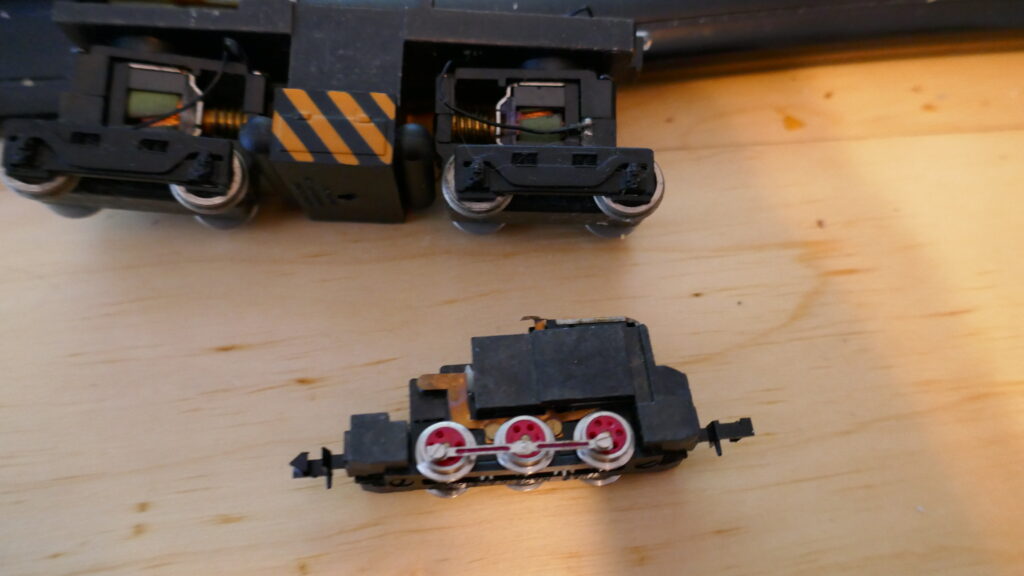
I had sometimes encountered people selling replacement powered trucks for HO scale engines, but I had never really understood why they did that.
Now I do; it’s because a motorized truck is the basic unit of HO scale motive power, and not the whole locomotive.
This is cool, but on the other hand it does make reassembly more complicated. I still haven’t managed to reinsert both trucks in the Tyco engine.
No worries, I’ll figure it out.
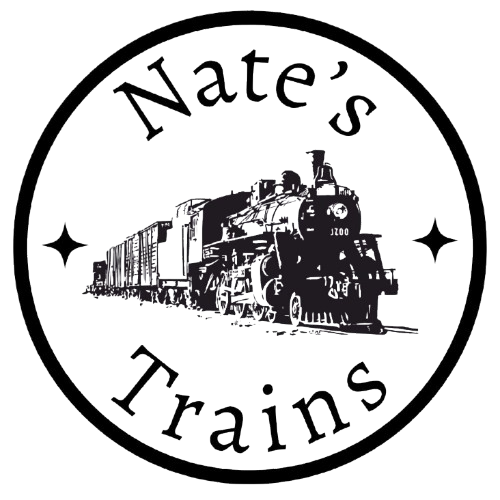
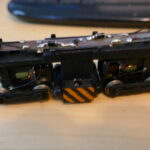
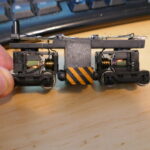
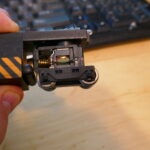
Leave a Reply